Lewis Hamilton had his best chance yet of breaking a 41-race win drought at the United States Grand Prix, as he closed in on Max Verstappen with 18 laps to go.
Mercedes elected to put Hamilton on an aggressive two-stop strategy, which entailed starting on the Medium, switching to the Hard, and then back to the Medium for the final dash to the finish.
In what was a role reversal of 12 months prior, the seven-time World Champion hunted his arch rival at a track that he has historically favoured over the years.
Verstappen by his own admission was dealing with braking problems, which is partially what prevented him from stretching out to the usual 20 second gap that he regularly pulls on the field.
As Hamilton made swift work of Norris for P2, he had to close a 5.2 second gap having saved a bit of fuel towards the end of his previous stint.
Despite getting close to Verstappen one-second window, Hamilton was ultimately unable to put himself in a position to make a move for the victory.
Even though Mercedes gave him the most aggressive strategy, in reality a lot of the work Hamilton did on track was unravelled by the time spent in the pits and indecision on the pit wall over their preferred strategy.
Pit lane time in the US GP
| Driver | Total time in pit lane |
|---|---|
| Norris | 47.516s |
| Verstappen | 48.728s |
| Hamilton | 49.564s |
The pivotal moment in the race
A look at the table above shows Hamilton spent the longest in the pit lane out of the top three drivers, with his first pit stop notably costing him critical time as he emerged out in traffic.
It was a pivotal moment in the race coupled with the indecision on the pit wall that led to Hamilton losing around five seconds in the first stint, coincidentally the gap that he was faced with after passing Norris for P2 in the closing stages of the race.
"I do think we would have been in a position to fight with Max. We made our life a lot harder today than it needed probably needs to be," Hamilton told media, including RacingNews365.
"It was going to be hard anyways, because these two are very quick. But I think overall, normally we have great starts but we struggled with our starts this weekend and we lost ground.
"I think one of the pit stops might have been a bit long, which then made it harder for the guys. The stop wasn't that great overall. So there's lots of areas that we could have been better."
Basics missing at Mercedes?
It's not the traditional well-oiled machine we have come to expect from Mercedes, who had every base covered during their years dominating the championship between 2014 and 2020.
What made things worse was Hamilton's disqualification along with Charles Leclerc for exceeding the skid-block wear, a factor that Mercedes blamed on the bumpy track surface at the Circuit of the Americas.
The team knew it was going to be an abrasive surface from the start, so an hour of practice should have been more than enough time to confirm their suspicions. As the weather conditions did not change throughout the weekend, one has to wonder how Mercedes got some of the basics wrong.
It was Hamilton's second disqualification in his F1 career, and you would have to roll all the way back to the 2009 Australian Grand Prix when he was found to have lied to the stewards over a Safety Car infraction.
Mercedes will come away from the last two races feeling there was more potential, and potentially this will make the difference in their tight battle with Ferrari in the Constructors' Championship.
But if they want to challenge Verstappen for titles again, they must iron out their silly mistakes to compete with the slick Red Bull operation.
Most read
In this article
F1 2023 United States Grand Prix RN365 News dossier

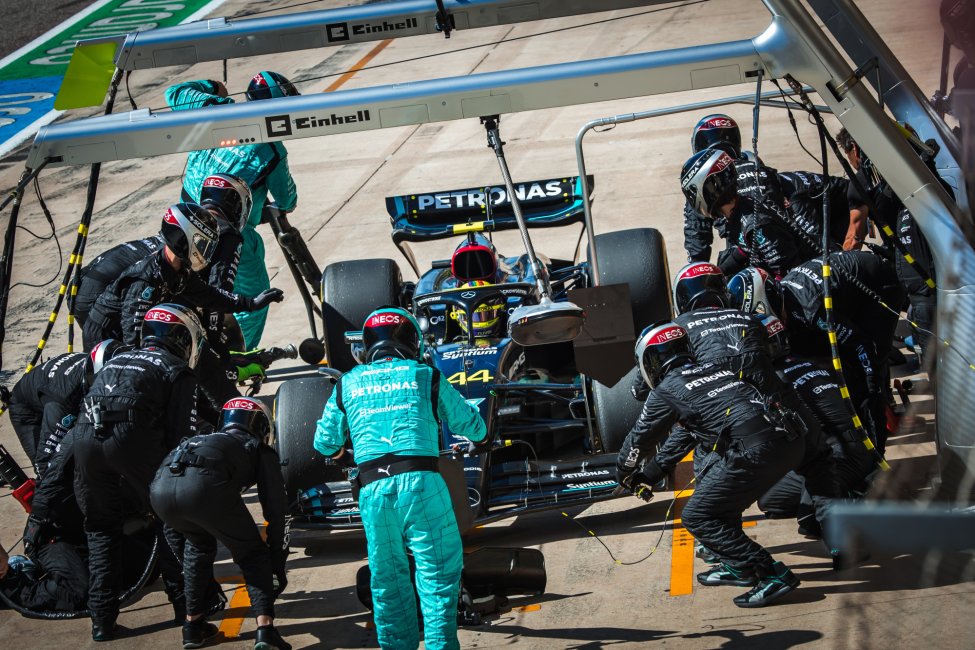
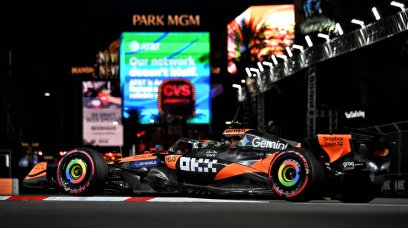
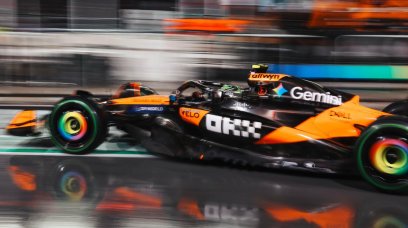

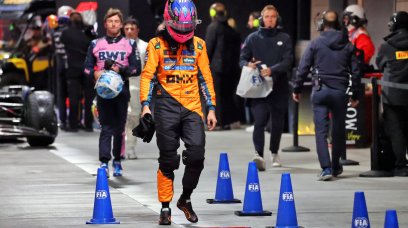
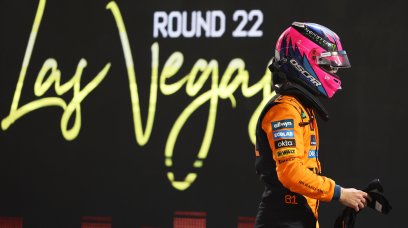
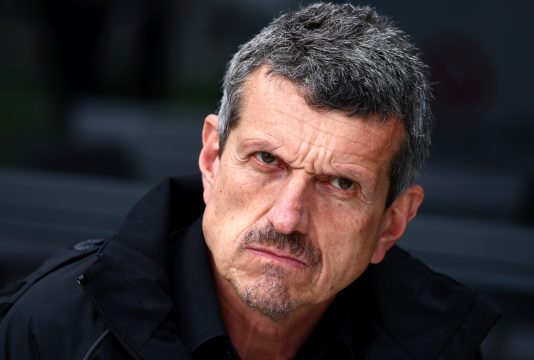
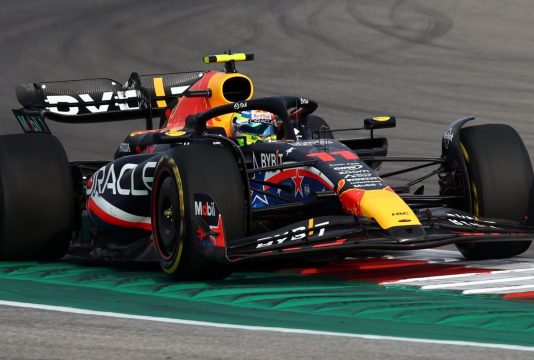

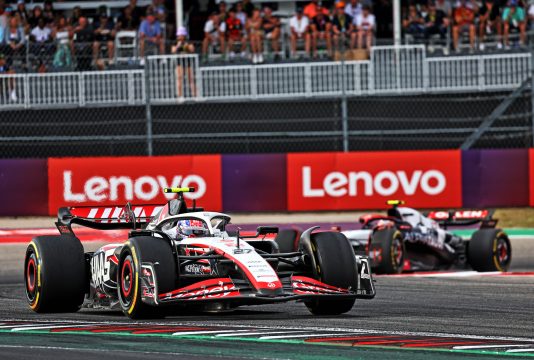
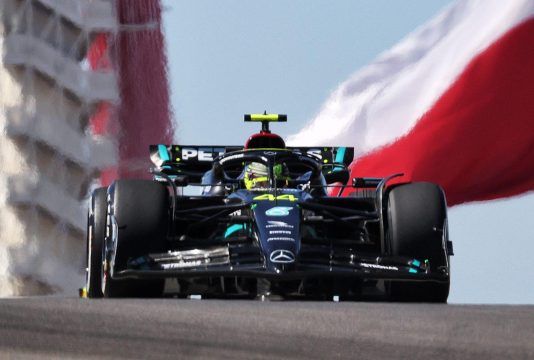
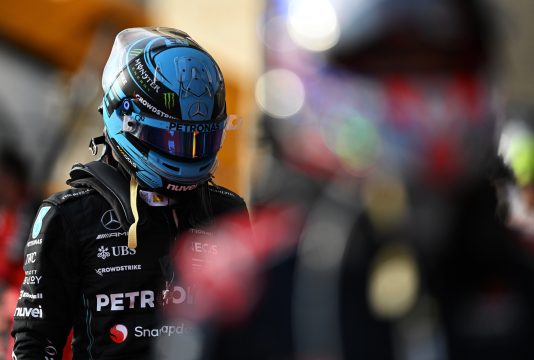
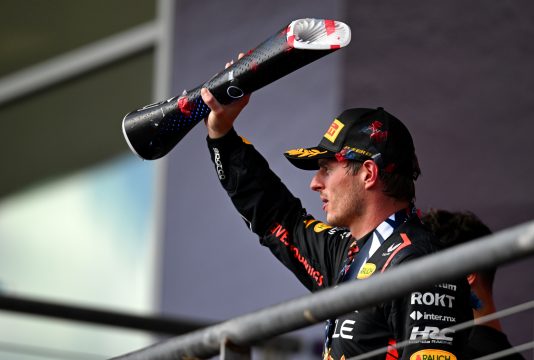

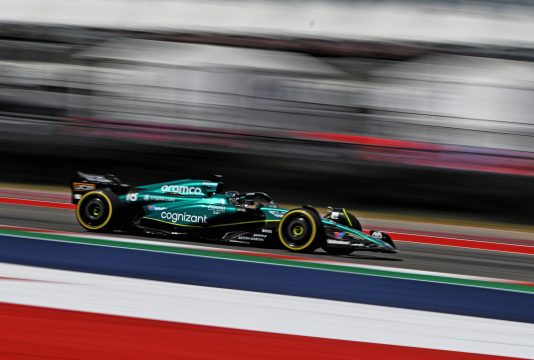

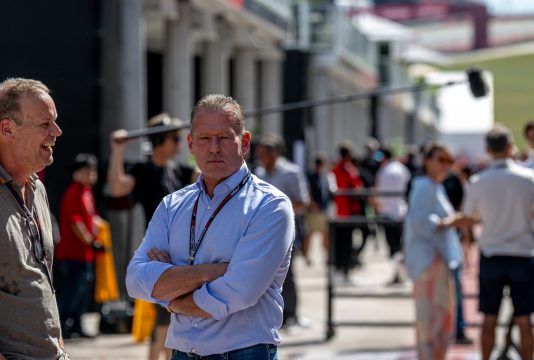
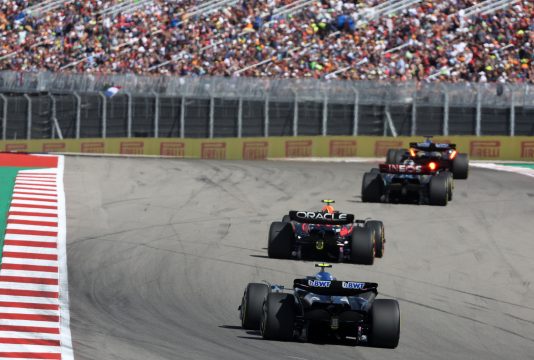

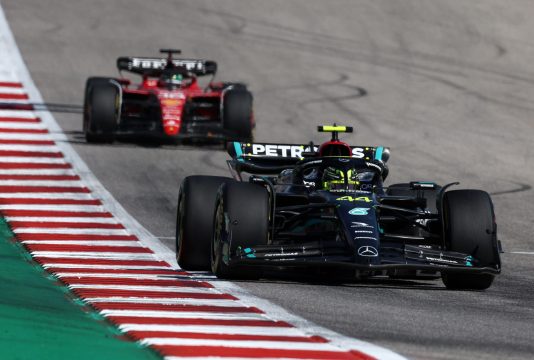
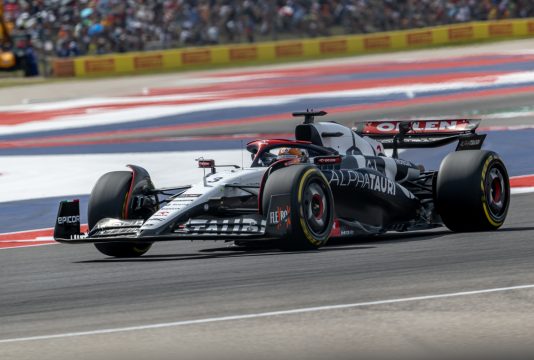
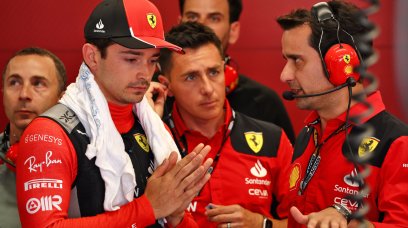
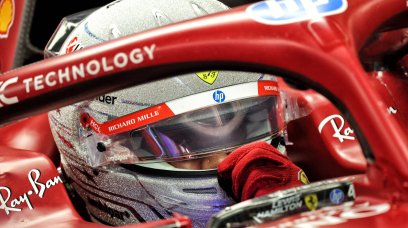

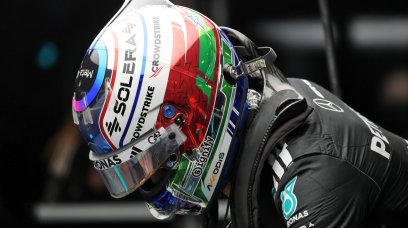












Join the conversation!